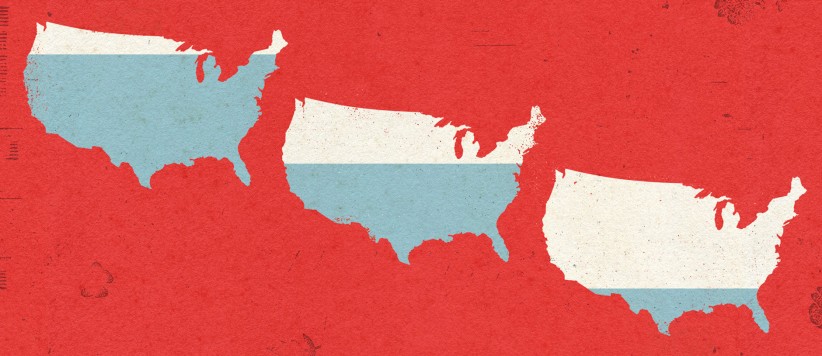Salvaging Shrinking Aquifers
Civil and environmental engineering professor Christine Kirchhoff says diminishing groundwater rates must be addressed.

Civil and environmental engineering professor Christine Kirchhoff says diminishing groundwater rates must be addressed.
